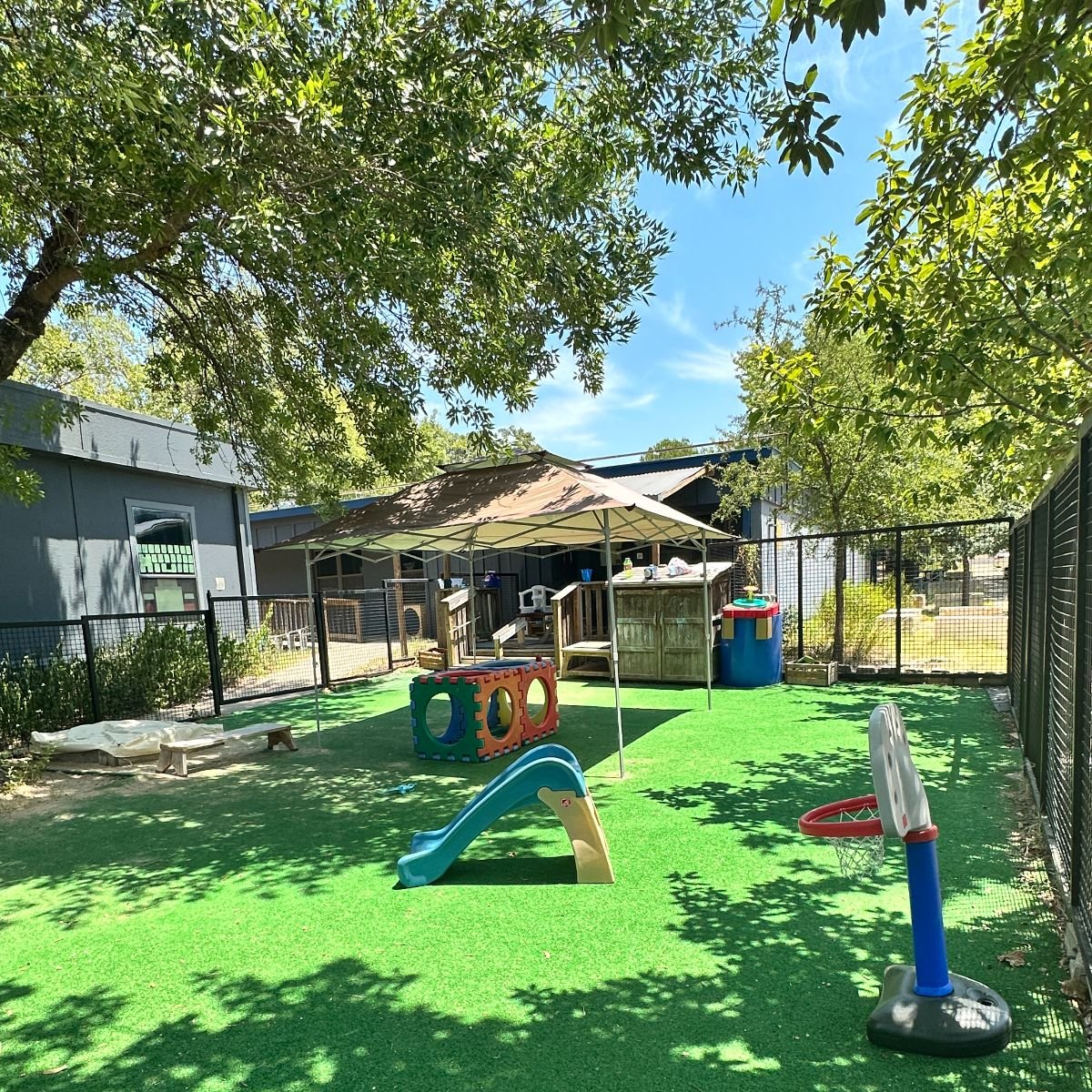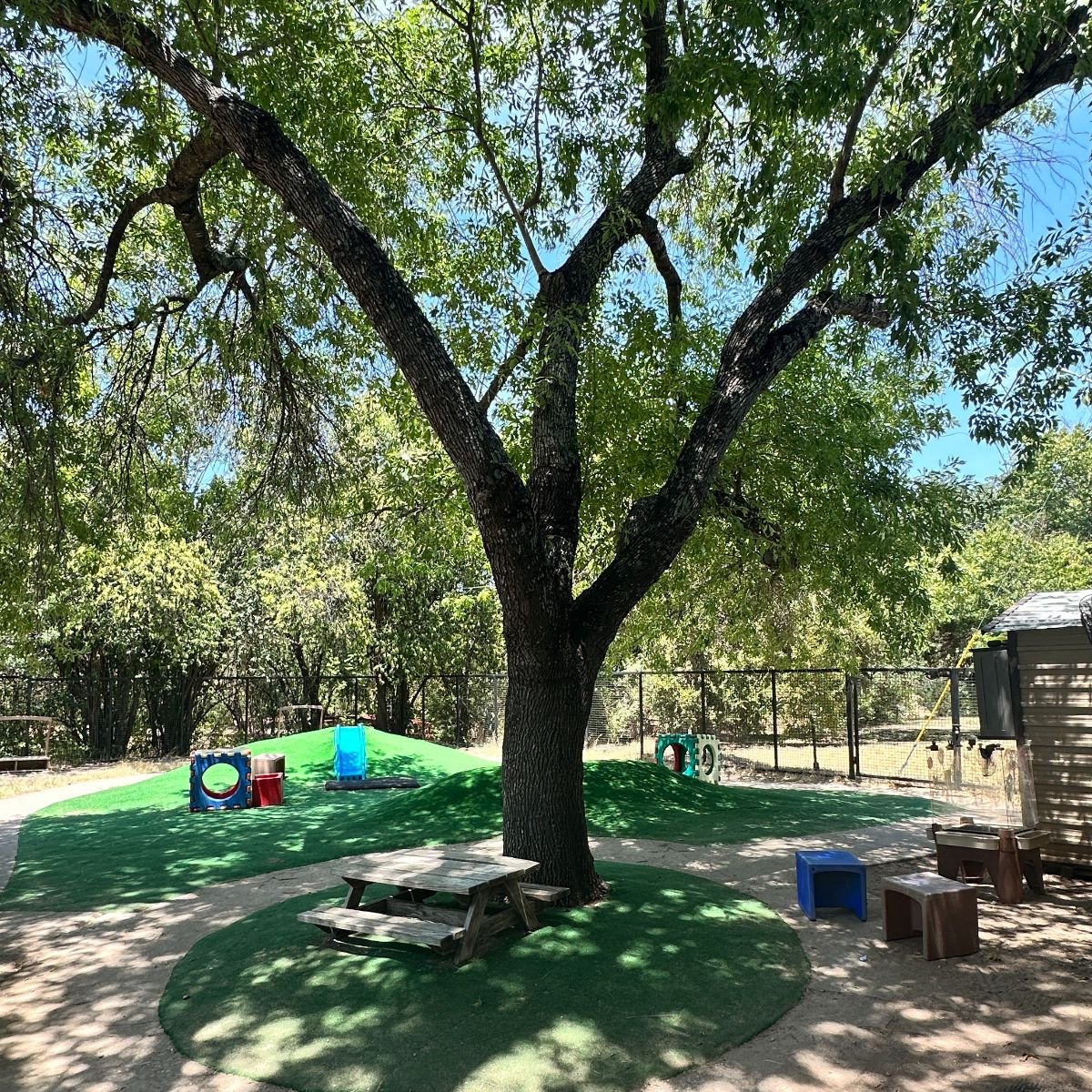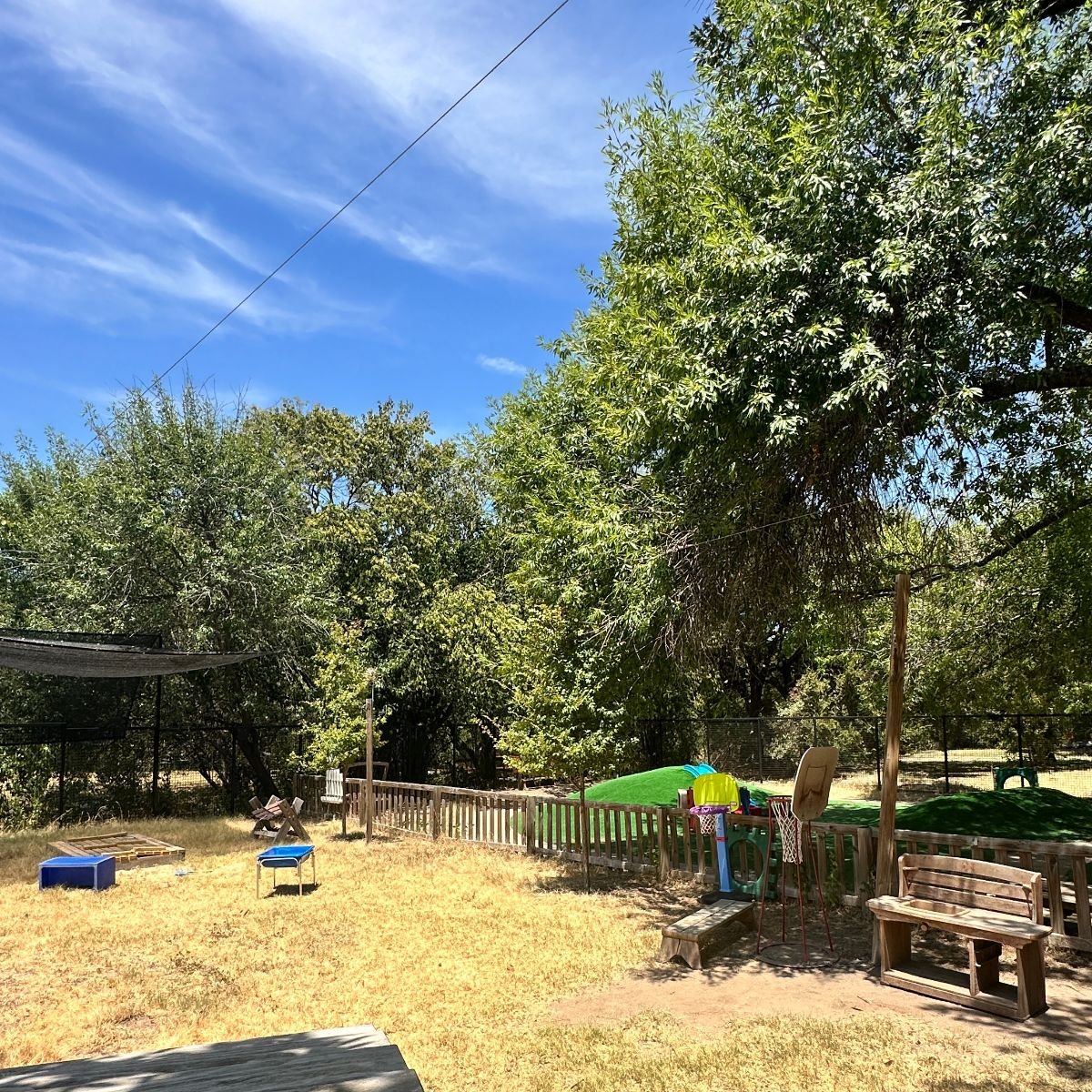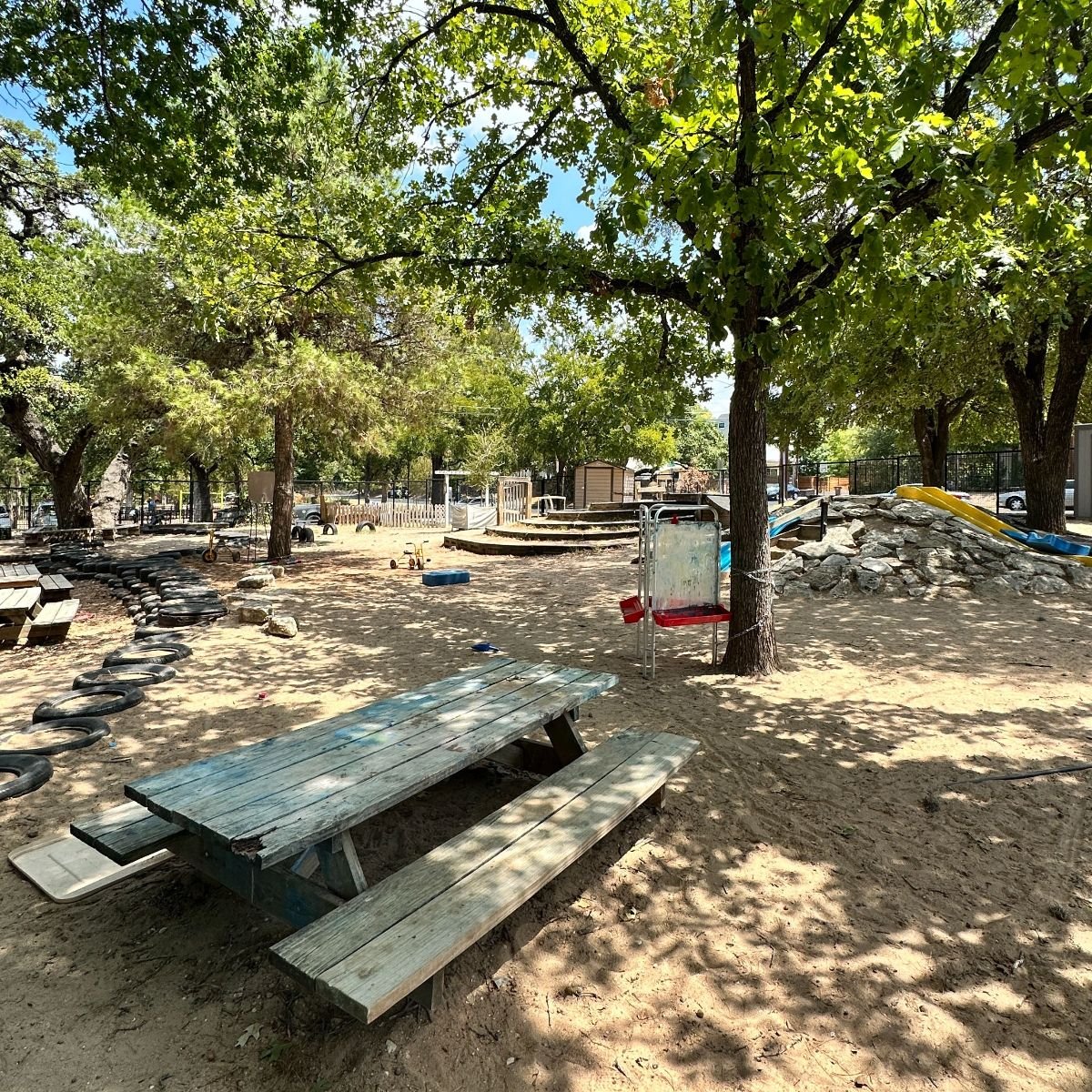Play-based Learning
“We don’t have to see it as a choice between play or academics, play should be academics for preschoolers.”
Alissa Mwenelupembe, the Senior Director for Early Learning Program Accreditation at the National Association for the Education of Young Children (NAEYC).




Yes, and: The Incredible Power of Play to Activate Growth and Healing
When was the last time you played with full abandon? Do you remember the feelings of joy, possibility, focus, and room for the unexpected? Did you barely notice time passing? We invite you to hold those memories in mind while learning about the incredible benefits that the act of play provides to a developing child.
Play is at the center of all that we do at Mainspring, for a simple reason: it is the most profound intervention and learning vehicle possible for early childhood learners. We are proud to be included in the 8% of childcare centers nationally that hold top accreditation from the National Association for the Education of Young Children (NAEYC); frequent opportunities to play is a key factor that experts with NAEYC look for when assessing the quality of preschools.
On any given day at Mainspring, infants are making faces back and forth with their teachers, hearing music, doing finger play, and laughing at silly sounds; toddlers are mixing up pretend soup with wooden spoons and aluminum pots; and 4 and 5-year-olds are swirling outside in small groups making sand castles, running, roaring like animals, telling teachers to watch them run/jump/dance/lift, and negotiating who gets to be the dragon, sack the city or pirouette off the tree roots next.
Every day, our students invent new games, imaginative narratives, roles, rules, and scenarios. Our teachers play along, invoking the iconic improv response of “Yes! And?” or, “What is going to happen next?” to affirm the children’s explorations and invite organic growth in their ideas. Teachers play with children when invited, and also stand back to let independence blossom in games with peers.
Play Fosters Brain Development and Closes Achievement Gaps
Play is uniquely imperative for young children given that the parts of the brain that are most developed in the earliest years are those that respond to play and activity, experts say. Young children show improved language skills, math skills, and problem-solving skills after playing.
Certain types of imaginative play have even been found to improve perseverance. When children play, their brains release chemicals like endorphin, serotonin, and dopamine that can impact memory, motivation, attention, and mood, and help regulate emotions and support social skills.
“We don’t have to see it as a choice between play or academics, play should be academics for preschoolers,” said Alissa Mwenelupembe, the senior director for early learning program accreditation at the National Association for the Education of Young Children (NAEYC).
Play is so potent that it can be used as an intervention to close achievement gaps between children ages 3 to 6. The Lego Foundation looked at 26 studies of play from 18 countries and found that in disadvantaged communities in places such as Bangladesh, Rwanda, and Ethiopia, children showed significantly greater learning gains in literacy, motor, and social-emotional development when attending childcare centers that used a mix of instruction and free and guided play.
The Center on the Developing Child at Harvard University reports that children strengthen important executive function skills through playing— skills they need throughout life such as focusing attention, controlling impulses, and expanding capacity for working memory.
A new review of 17 studies found that when it comes to literacy, numeracy, and executive function skills, guided play is equal to or better than direct instruction. (Guided play means there is a learning goal set by an adult and children are ‘gently steered’ to explore.)
Play Helps Heal Trauma
By its very nature, play with others involves being fully present, collaborating, taking turns, and being open to the unexpected. We believe that the brain and body cannot simultaneously be in a state of trauma/fear and play; when play is supported, fear retreats. At Mainspring, we are often moved to see the various experiences of anxiety or confusion that children come in with dissolving—replaced by confidence, expression and a desire to play. Teachers actively work to disarm fear by creating emotional, physical and psychological safety.
Roughly 26 percent of children in the United States witness or experience a trauma before the age of 4, according to the National Center for the Education of Young Children. These adverse childhood experiences can include experiencing or witnessing physical violence, emotional or sexual abuse, drug exposure, food insecurity, homelessness, divorce, medical procedures, the incarceration of a family member, or natural disasters like the COVID-19 pandemic or the week-long Texas freeze in February 2021. About 1 in 5 students at Mainspring has experienced the foster system, which brings about layers of loss and trauma. Additionally, 3 out of 4 our hardworking, loving Mainspring families earn low very incomes, compounding stressors on their children’s environments.
Given these heightened risk factors, it becomes even more important to build protective factors into every day. Play and games are essential for helping kids process their feelings and changes in their lives, especially after disruption. At Mainspring, we strive to immerse children in a positive, repetitive, dependable environment of healthy interpersonal interactions.
Children’s early experiences of feeling listened to and understood help instill confidence in their ability to make good things happen. When children feel they can trust the people around them, it builds their capacity to seek help and find solutions when they don’t know how to handle a situation—as well as to express their needs on a moment-to-moment basis. When a child has a difficult moment at Mainspring, we affirm that they are good. Children hear us talk about their peers in this way—“Charlie’s had a hard time, but he’s a good kid and he’s good inside,”—and know that they too, are good inside.
During child-directed play, teachers follow children’s leads, avoiding the use of unnecessary instructions or corrections. When invited, teachers enter into their imaginative worlds, which promotes the child’s self-expression, self-confidence, problem-solving skills, brave behaviors, positive peer interactions, and secure relationships.
The strong teacher-child bonds at Mainspring rest on a foundation of daily play, and we wouldn’t have it any other way.

